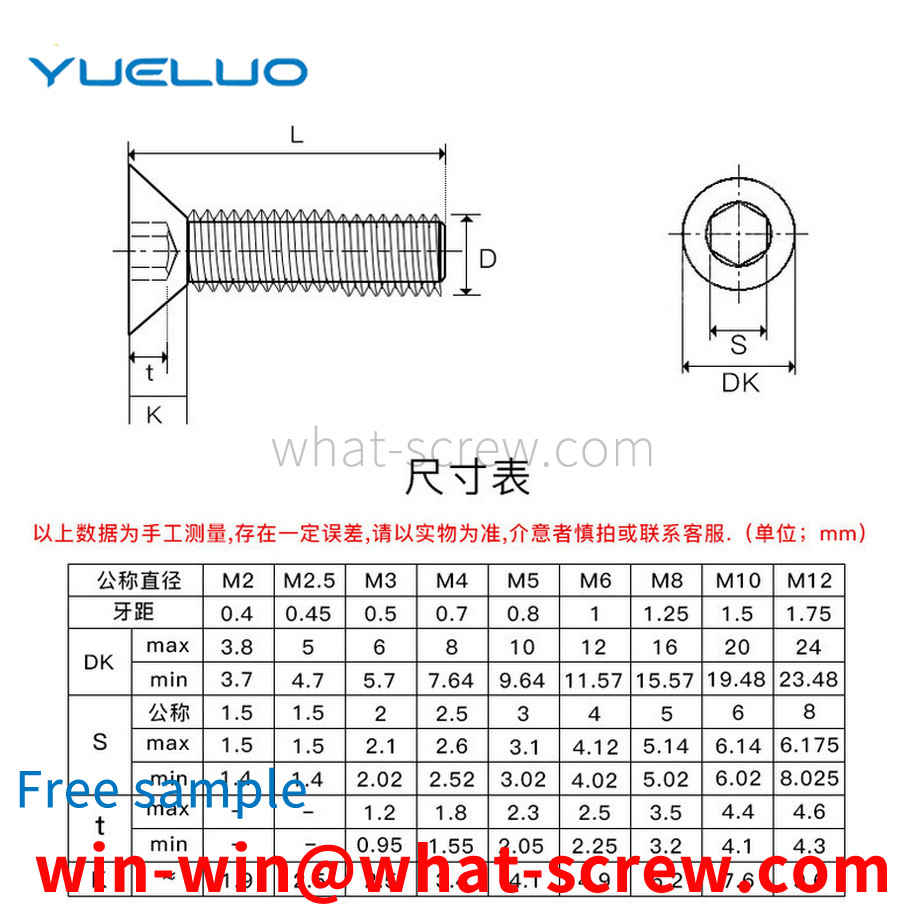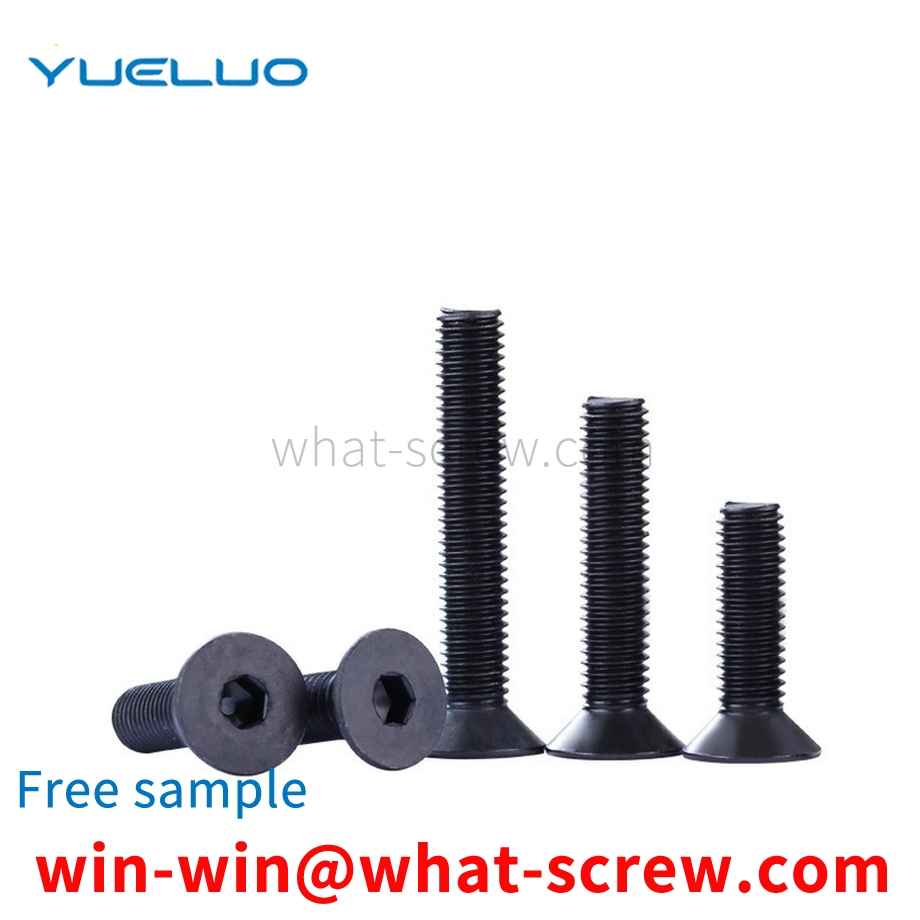(1) Galvanized (blue-white, multicolored, black) 1. Pretreatment: thermal degreasing tank (5 tanks) - electrolytic degreasing tank (3 tanks) - rust removal tank (4 tanks) 2. Electroplating: electroplating tank (20 tank) (ammonium chloride, zinc oxide, gloss, softener solution). 3. Post-treatment: Melting tank (1 tank) - Green medicine tank (1 tank) - (blue-white/multicolored/black) (2), blackening: 1. Pre-treatment: thermal degreasing tank (4 tanks) - rust removal Tank (4 tanks) 2. Blackening: blackening (5 tanks) (flake alkali, sodium nitrite solution) 3. Post-treatment: anti-rust oil (1 tank) (3), phosphating: 1. Pre-treatment: heat Degreasing tank (1 tank) - Derusting tank (1 tank) - Electrolytic degreasing tank (1 tank), - Surface treatment (1 tank) 2. Phosphating: Phosphating (forming a film) 3. Post-treatment: dipping in anti-rust oil (2 tanks) (4) Hot dip galvanizing: 1. Pretreatment: degreasing tank (1 tank) - rust removal tank (1 tank) - FLUX tank (1 tank) - drying 2. Hot dip galvanizing: hot Zinc immersion tank 3. Post-processing: centrifugal treatment - ammonia chloride cooling - water cooling
Earless retaining ring (known as Constant Section Rings abroad) is also called constant section retaining ring, because the cross section is equal, and there is no ear part protruding from the traditional stamping retaining ring, so it is called earless retaining ring. Earless retaining ring and spiral retaining ring have similarities in production, processing and use characteristics. They are both flattened and wound by steel wire. After heat treatment and surface treatment, they have good elasticity and toughness. Earless retaining ring is divided into two types: shaft use and hole use, and there are various forms of tail ends to choose from. The application of earless retaining ring is the same as that of traditional C-type retaining ring, which is widely used in hydraulic parts assembly, valves, instruments, various lock core components, needle roller bearings, pulleys, connectors, quick connectors and other mechanical assemblies.
A nut is a commonly used fastener, usually combined with a screw to form a set of fastening devices. In order to effectively achieve a more effective tightening effect and prevent a single nut from loosening by itself, two nuts are used together in many places to further increase the tightening effect;
Stainless steel rivet nuts are used on rail passenger cars, highway passenger cars, and ship parking. The main function is the non-structural bearing bolt connection. The main advantage of stainless steel rivet nuts is that there is no operating space on the back of the substrate, and the quality is extremely light. Today, the editor will talk about the selection principles of stainless steel rivet nuts and their uses: 1. The mechanical properties of stainless steel rivet nut materials, especially the strength requirements; Corrosion resistance requirements of materials;
Stud bolts generally need to be surface treated. There are many types of bolt surface treatments. Generally, electroplating, blackening, oxidation, phosphating, and electroless zinc flake coating are commonly used. However, electroplated fasteners account for a large proportion of the actual use of fasteners. Especially in automobiles, tractors, home appliances, instrumentation, aerospace, communications and other industries and fields are more widely used. However, for threaded fasteners, not only a certain anti-corrosion capability is required in use, but also the interchangeability of threads must be ensured, which can also be called screwability here. In order to meet the dual-use performance of anti-corrosion and interchangeability required by threaded fasteners in use, it is very necessary to formulate special plating standards. [1] The GB/T5267.1-2002 [Threaded Fastener Electroplating Coating] standard is one of the national standards Fastener Surface Treatment series of standards, which include: GB/T5267.1-2002 [Fastener Electroplating Layer]; GB/T5267.2-2002 [Fastener electroless zinc flake coating] two standards. This standard is equivalent to the international standard ISO4042; 1999 [Threaded fastener electroplating layer]. This standard replaces the GB/T5267-1985 [Threaded Fastener Electroplating Coating] standard.
We have many years of experience in the production and sales of screws, nuts, flat washers, etc. The main products are: large cap screws GB109 aluminum flat head rivets, corrugated plate screws, DIN609 screws, washers and other products, we can provide you with suitable products for you Fastener Solutions.



















 Service Hotline
Service Hotline




